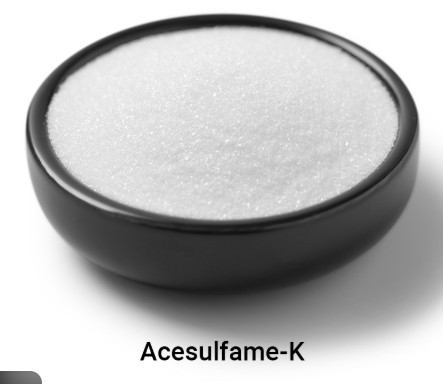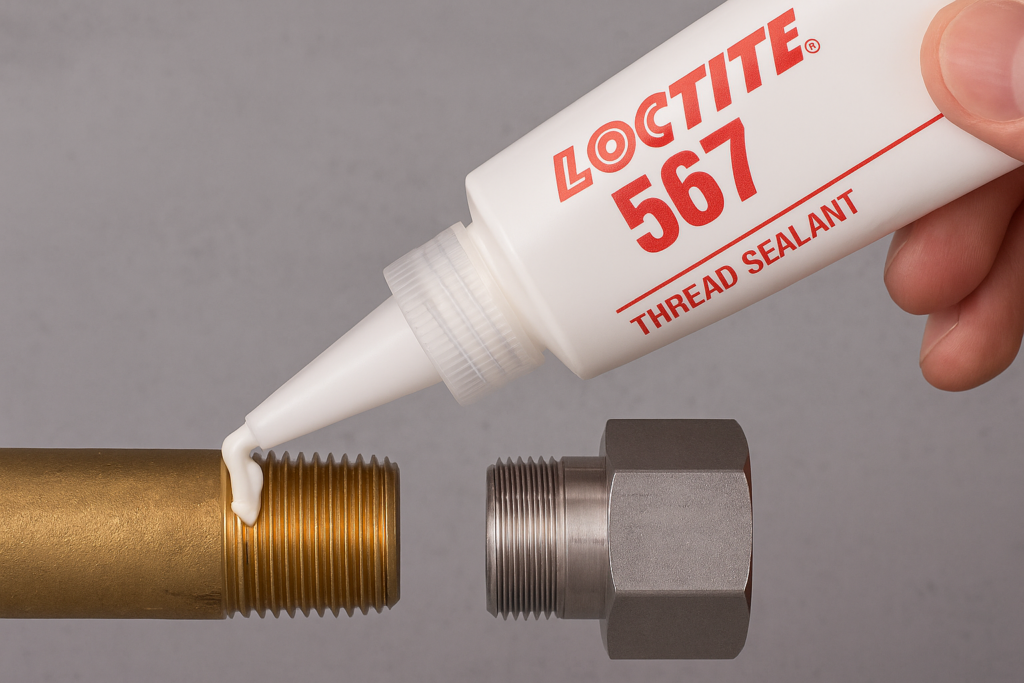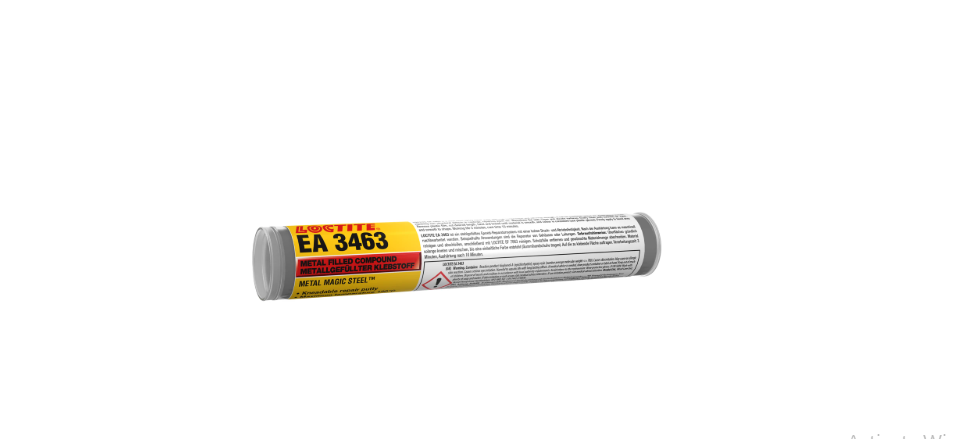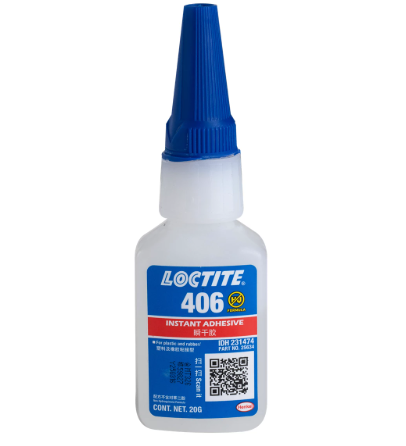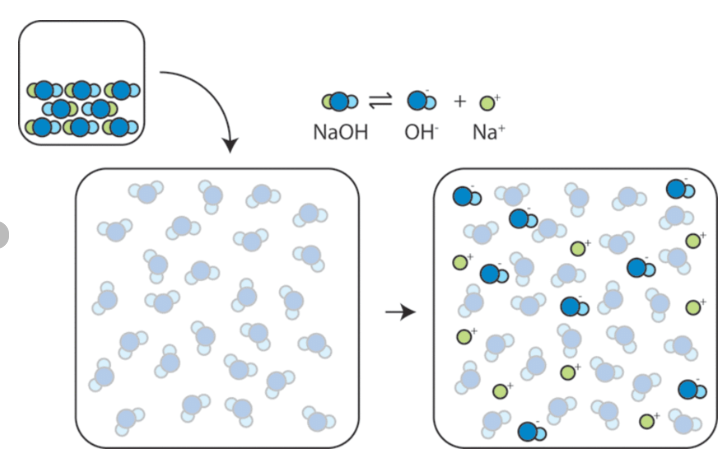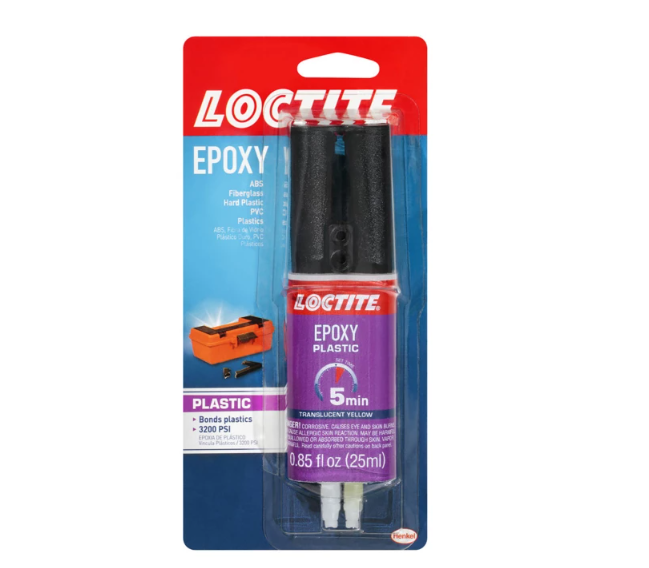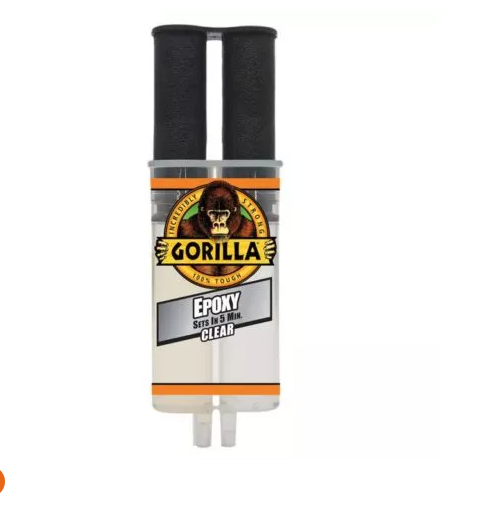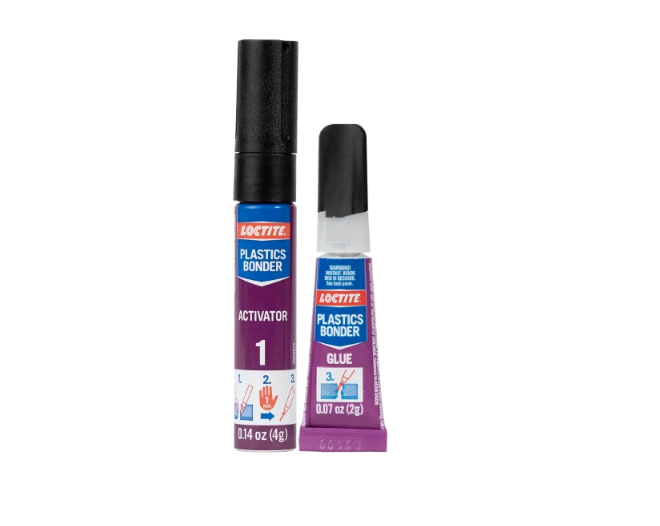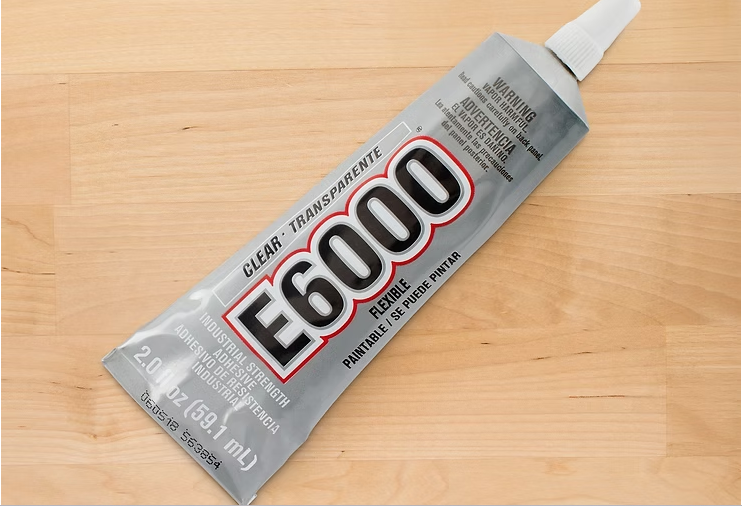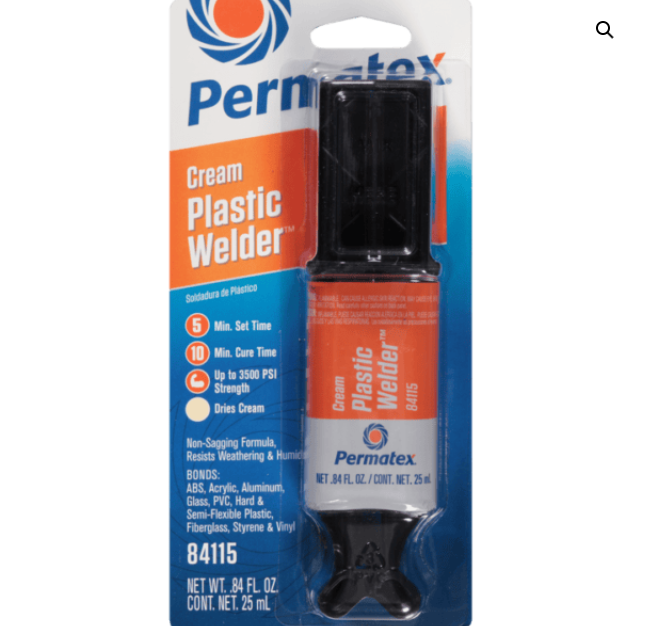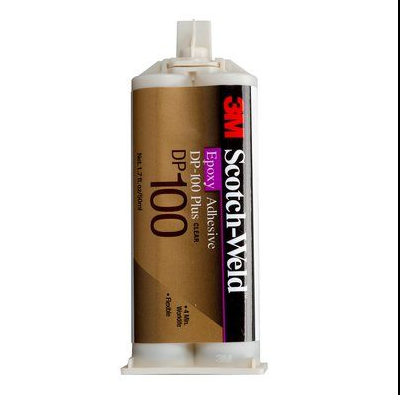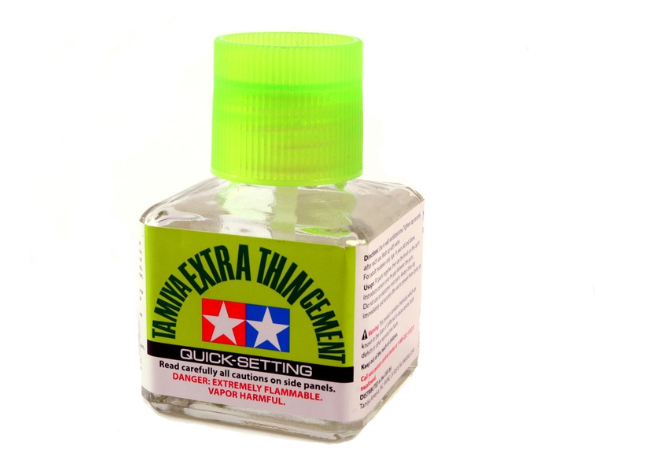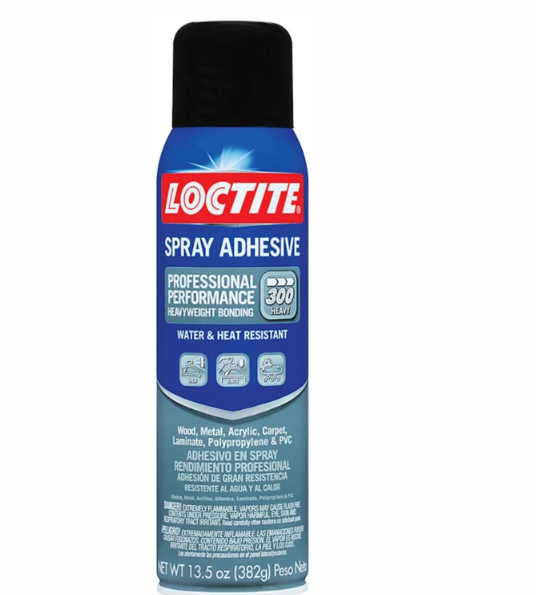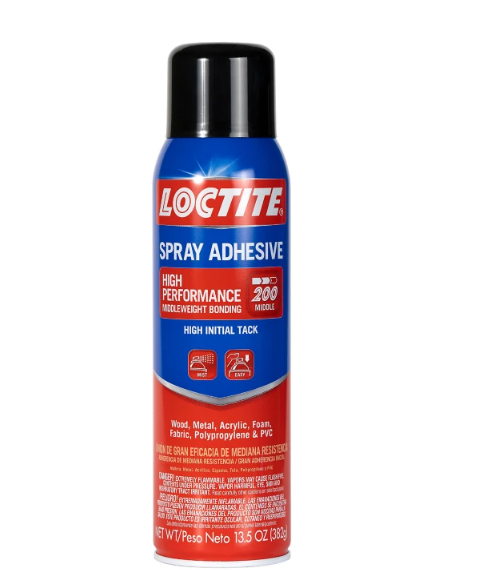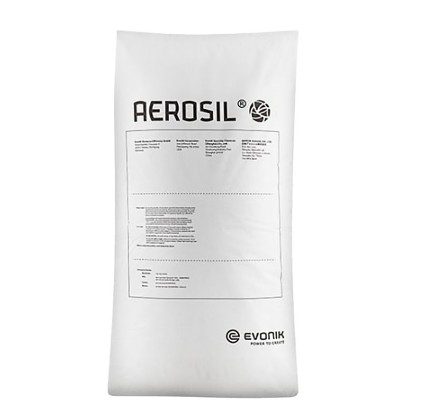
When you look at a jar of paint, a tube of silicone sealant, a cosmetic lotion, or even a pharmaceutical tablet, you might think you’re seeing chemistry’s great visible works. But beneath those colors, glosses, and finishes lies something almost invisible — a material so fine and so functional that it quietly defines the performance of entire industries.
That material is AEROSIL® 200, a type of fumed silica. It’s a white, ultra-light, fluffy powder that feels weightless in your hand — but carries enormous power in formulation science.
Produced by Evonik Industries, one of the world’s leading specialty chemical innovators, AEROSIL 200 is more than just a filler. It’s a functional performance enhancer, a rheology architect, and a reliability backbone across coatings, adhesives, cosmetics, pharmaceuticals, and advanced materials.
Let’s dive into the fascinating world of AEROSIL 200 — what it is, what it does, and why industries trust it as their “silent strength.”
The Chemistry Behind AEROSIL® 200
The chemical name for AEROSIL 200 is amorphous silicon dioxide (SiO₂) — but it’s no ordinary sand or quartz. Unlike crystalline silica, which is rigid and potentially hazardous, AEROSIL® 200 is amorphous and ultra-pure, created by an advanced process known as flame hydrolysis.
During this process, silicon tetrachloride (SiCl₄) is reacted with hydrogen and oxygen in a high-temperature flame. The result is a cloud of nano-sized silica particles that fuse together into chains and aggregates. When cooled, these structures form a fine, snow-like powder — fumed silica.
Each particle of AEROSIL® 200 measures only about 10 to 40 nanometers, giving it an exceptionally high surface area (around 200 m² per gram). This enormous surface area makes it incredibly reactive in physical terms — allowing it to control viscosity, thicken liquids, and enhance strength without adding bulk.
Purpose and Principle: Why AEROSIL® 200 Exists
To understand the purpose of AEROSIL 200, think about how liquids behave.
A paint that runs down a wall, a cosmetic lotion that separates, an adhesive that slumps — these are all examples of materials whose rheology (flow behavior) is out of balance.
AEROSIL® 200 exists to solve those problems. Its high surface area and branched structure form a three-dimensional network within the liquid, making it thicker at rest but fluid when stirred or brushed — a phenomenon called thixotropy.
This property allows paints to stay in place after application, adhesives to resist dripping, and creams to feel luxuriously smooth but never greasy.
In short, AEROSIL 200 is a flow controller. But that’s only one of its talents.
Major Uses and Industries
AEROSIL 200 has earned its place in an astonishing range of industries — each relying on it for a specific reason.
a) Paints and Coatings: The Guardian Against Sag and Settling
In modern coatings, perfection is non-negotiable. A wall paint that sags or a car finish that loses gloss is unacceptable.
Here, AEROSIL 200 acts as a rheology modifier and anti-settling agent. It keeps pigments uniformly suspended, prevents sagging on vertical surfaces, and improves the “body” and feel of the coating.
It also enhances scratch resistance and finish uniformity. In high-gloss systems, the right dosage of AEROSIL can mean the difference between a flawless mirror-like surface and an uneven one.
b) Adhesives and Sealants: Strength in Structure
In adhesives, the challenge is to maintain the right viscosity — thick enough to hold components in place, but smooth enough to spread.
AEROSIL® 200 brings exactly that balance. In silicone sealants, epoxy adhesives, and polyurethane systems, it ensures sag resistance, homogeneous filler distribution, and improved mechanical strength.
In silicone systems, it also serves as a reinforcing filler, increasing tear strength and elasticity without altering curing properties.
For industries like construction, automotive, and electronics assembly, this stability translates directly into durability and product reliability.
c) Pharmaceuticals: The Purest Flow Agent
Evonik produces a special grade — AEROSIL 200 Pharma — for pharmaceutical use.
Here, it acts as a glidant and anti-caking agent in tablet manufacturing. It ensures uniform powder flow, prevents sticking in tablet presses, and enhances compressibility.
Because it meets pharmacopeia standards (USP/NF, JP, IP, Ph. Eur.), it’s trusted by global drug manufacturers. You’ll find AEROSIL 200 silently working inside painkillers, vitamins, and even probiotics — ensuring every tablet you take is consistent in weight and potency.
d) Cosmetics and Personal Care: Elegance in Texture
Cosmetic formulators love AEROSIL 200 for one reason: feel.
It creates silky, non-greasy textures in lotions, foundations, and creams. In powder cosmetics, it prevents caking and enhances spreadability. In antiperspirants and hair care products, it stabilizes emulsions and thickens gels without clouding or clumping.
This is why luxury brands quietly include fumed silica in their ingredient lists — it gives products that professional, premium touch.
e) Rubber and Elastomers: Reinforcing the Flexible
Silicone rubbers depend on fumed silica for reinforcement. AEROSIL® 200 provides the fine network that increases tear strength, elongation, and tensile performance.
Unlike coarse fillers, it integrates seamlessly into polymer chains, enhancing flexibility without brittleness.
In high-temperature vulcanized (HTV) and room-temperature vulcanized (RTV) systems, it remains one of the most reliable reinforcing fillers available today.
f) Powder Processing: Making Solids Flow Like Liquids
If you’ve ever wondered how powdered milk, spices, or detergents pour so smoothly — the answer often lies in AEROSIL® 200.
It acts as a flow aid and anti-caking agent, coating powder particles with a microscopic layer that prevents moisture bridging and clumping.
This ensures powders remain free-flowing, easy to handle, and consistent in automated filling machines.
In industries ranging from food and agriculture to detergents and fertilizers, AEROSIL 200 is the hidden hand that keeps production lines running smoothly.
g) Advanced Applications: The Frontier of Technology
Beyond traditional industries, AEROSIL® 200 is now finding roles in energy storage, batteries, and composites.
In lithium-ion batteries, fumed silica stabilizes gel electrolytes and improves separator performance.
In composites, it prevents resin drainage and controls viscosity during lay-up.
And in 3D printing, it enhances printability by stabilizing highly viscous resins.
Where innovation goes, AEROSIL 200 quietly follows — shaping materials of the future.
The Evonik Legacy: Purity and Precision
The name AEROSIL® itself is synonymous with quality. Born from Evonik’s decades of research, it represents the gold standard in fumed silica technology.
Each batch of AEROSIL 200 is produced under strict quality control to ensure consistent surface area, purity, and density.
Its loss on drying (≤ 1.5%), pH (3.7 – 4.5), and tamped density (~50 g/L) remain tightly regulated, guaranteeing reproducible performance across formulations.
Evonik also offers variants like AEROSIL 200 V (densified form with less dust) and hydrophobic grades such as AEROSIL R 200, tailored for non-polar systems.
This flexibility allows formulators to select the perfect version for their specific chemistry — whether water-based, solvent-based, or hybrid.
Safety and Human Health
Is AEROSIL® 200 safe?
The short answer is yes — when used properly.
AEROSIL 200 is an amorphous silica, not crystalline. The latter (like quartz) can cause lung disease when inhaled over long periods. Amorphous silica, by contrast, is biologically inert and non-toxic under normal handling conditions.
Still, as a fine powder, AEROSIL 200 can become airborne, so dust control is essential. Evonik recommends standard protective measures such as local ventilation and dust masks during industrial use.
In finished consumer products — tablets, creams, or paints — AEROSIL 200 is completely safe, as it’s tightly bound within the formulation and cannot be inhaled or absorbed.
Evonik’s comprehensive toxicological studies show no evidence of carcinogenicity, mutagenicity, or reproductive harm. In fact, its “Pharma” grade has been used safely in medicines for decades.
In other words, AEROSIL 200 is one of the safest and most trusted additives in industrial chemistry.
The Science of Performance
So what makes AEROSIL® 200 perform so exceptionally?
It’s all about surface chemistry and structure.
The enormous surface area (about 200 m²/g) allows for countless physical interactions — hydrogen bonding, adsorption, and mechanical entanglement — between the silica particles and surrounding molecules.
This leads to:
- Thixotropy – Thick when still, thin when stirred
- Anti-settling – Keeps pigments or fillers suspended
- Reinforcement – Strengthens polymers and rubbers
- Stability – Prevents phase separation
- Flow improvement – Enables powders to move freely
Few materials offer this combination of physical benefits with such chemical simplicity.
Handling, Storage, and Formulation Tips
To extract the best from AEROSIL 200, formulation discipline matters.
- Dispersion – Always disperse under moderate to high shear. Dry blending or low-shear mixing leads to incomplete network formation.
- Dosage – Start with 0.5 – 2 % by weight in liquids; adjust depending on the viscosity goal.
- Compatibility – Hydrophilic AEROSIL 200 works best in polar systems (waterborne, alcohol, epoxy). For non-polar systems, consider hydrophobic variants (AEROSIL R 202, R 805).
- Storage – Keep sealed in dry environments; avoid humidity as the silica surface adsorbs moisture.
- Health & Safety – Minimize dust, wear masks and gloves, and ensure proper air circulation in bulk handling.
Follow these principles, and AEROSIL 200 will deliver consistent, predictable results every single time.
Comparing AEROSIL® 200 to Other Grades
Evonik offers a family of AEROSIL® products:
| Grade | Surface Area (m²/g) | Type | Key Use |
|---|---|---|---|
| AEROSIL 150 | ~150 | Hydrophilic | Moderate thickening, easier dispersion |
| AEROSIL 200 | ~200 | Hydrophilic | Balanced rheology and flow |
| AEROSIL 300 | ~300 | Hydrophilic | Stronger thixotropy, higher viscosity |
| AEROSIL R 200 | ~200 | Hydrophobic | Non-polar systems, moisture resistance |
| AEROSIL 200 V | ~200 | Densified | Reduced dust, improved flow |
This makes AEROSIL 200 the “sweet spot” — the most balanced grade for general-purpose use.
Fumed Silica vs. Precipitated Silica
Many confuse fumed silica (AEROSIL) with precipitated silica (Syloid, Zeosil). While both are amorphous SiO₂, they differ in production and properties.
| Feature | Fumed Silica | Precipitated Silica |
|---|---|---|
| Production | Flame hydrolysis | Wet precipitation |
| Surface Area | Very high (100–400 m²/g) | Moderate (30–100 m²/g) |
| Particle Size | 5–50 nm | 100 nm–several µm |
| Structure | Branched, chain-like | Porous aggregates |
| Main Use | Rheology, anti-caking, reinforcement | Fillers, carriers, absorbents |
Fumed silica offers superior rheology control and transparency — ideal for coatings, cosmetics, and elastomers.
Why AEROSIL® 200 Will Continue to Matter
The world is shifting toward smarter, more efficient materials.
We’re building lighter cars, faster electronics, more durable coatings, and purer medicines.
AEROSIL® 200 fits perfectly into that vision because it delivers more performance with less material.
It doesn’t change chemistry — it enhances it.
Its versatility means it can move from a car factory to a pharmacy, from a cosmetic lab to a battery cell assembly line, without missing a beat.
That’s why industries call it the invisible giant — always present, never seen, always indispensable.
Final Thoughts
AEROSIL® 200 may look like ordinary white dust, but it’s one of chemistry’s most elegant tools.
From keeping paints smooth to ensuring your medication compresses perfectly, from stabilizing your shampoo to strengthening silicone seals around skyscraper windows — this single powder connects an incredible range of human innovation.
And it does it invisibly, silently, perfectly.
So the next time you admire the flawless finish of a car, apply a cream, or open a tablet bottle — remember:
AEROSIL 200 was there, doing its quiet magic.
